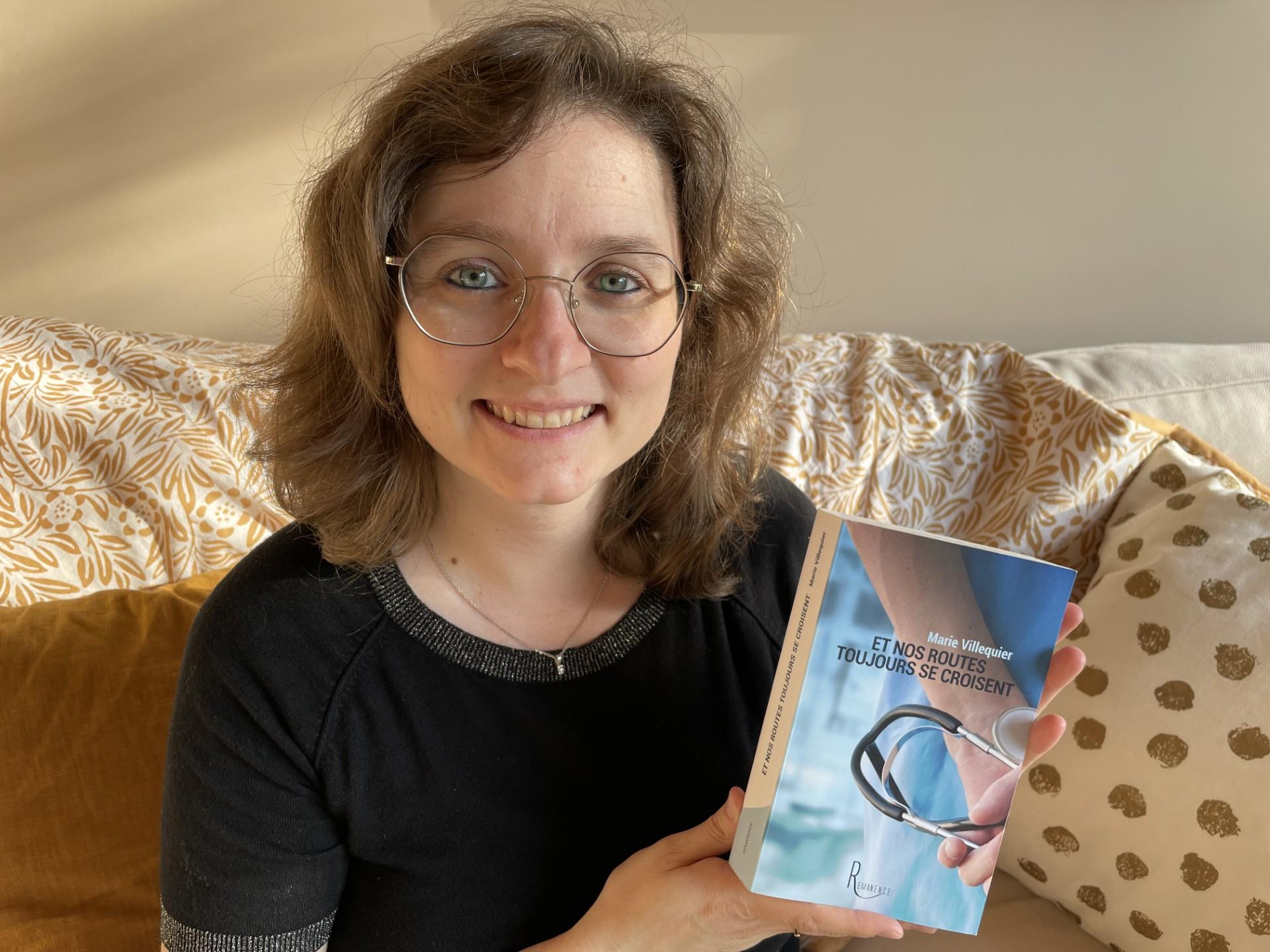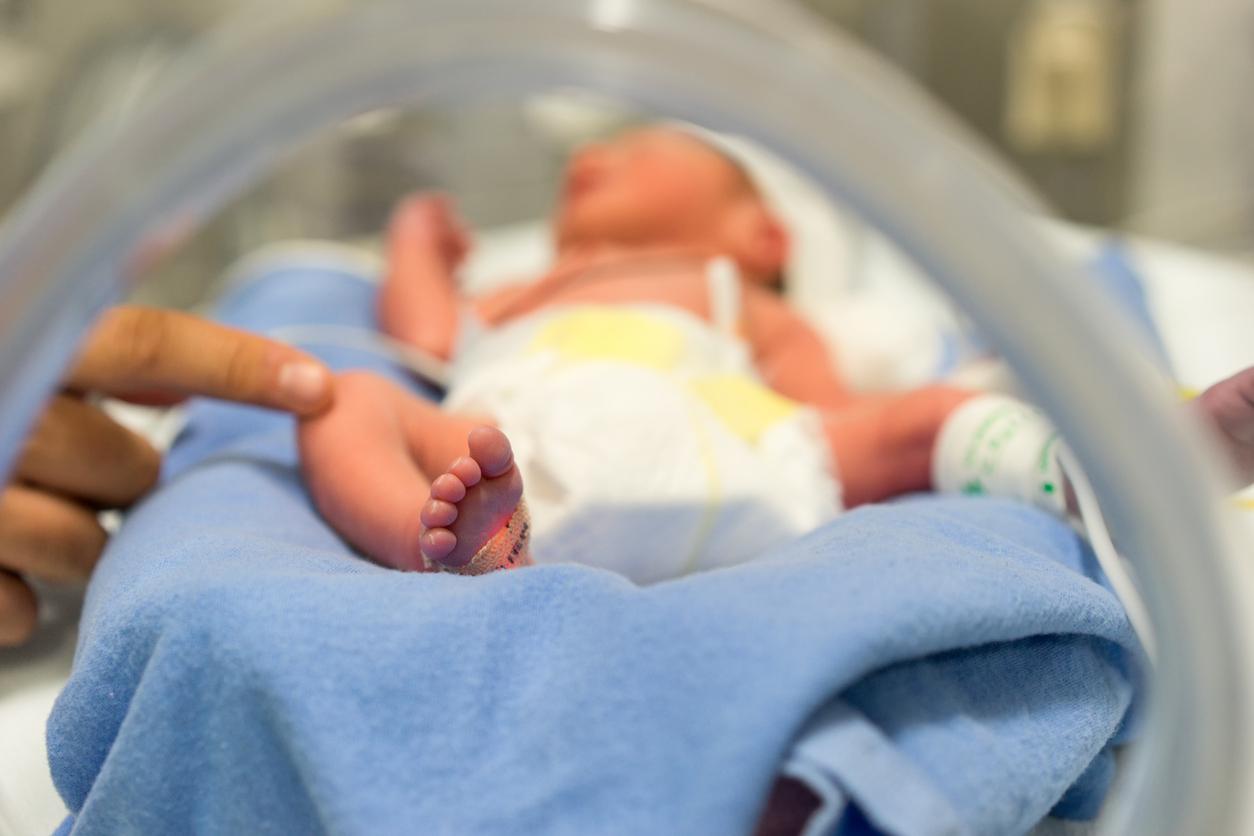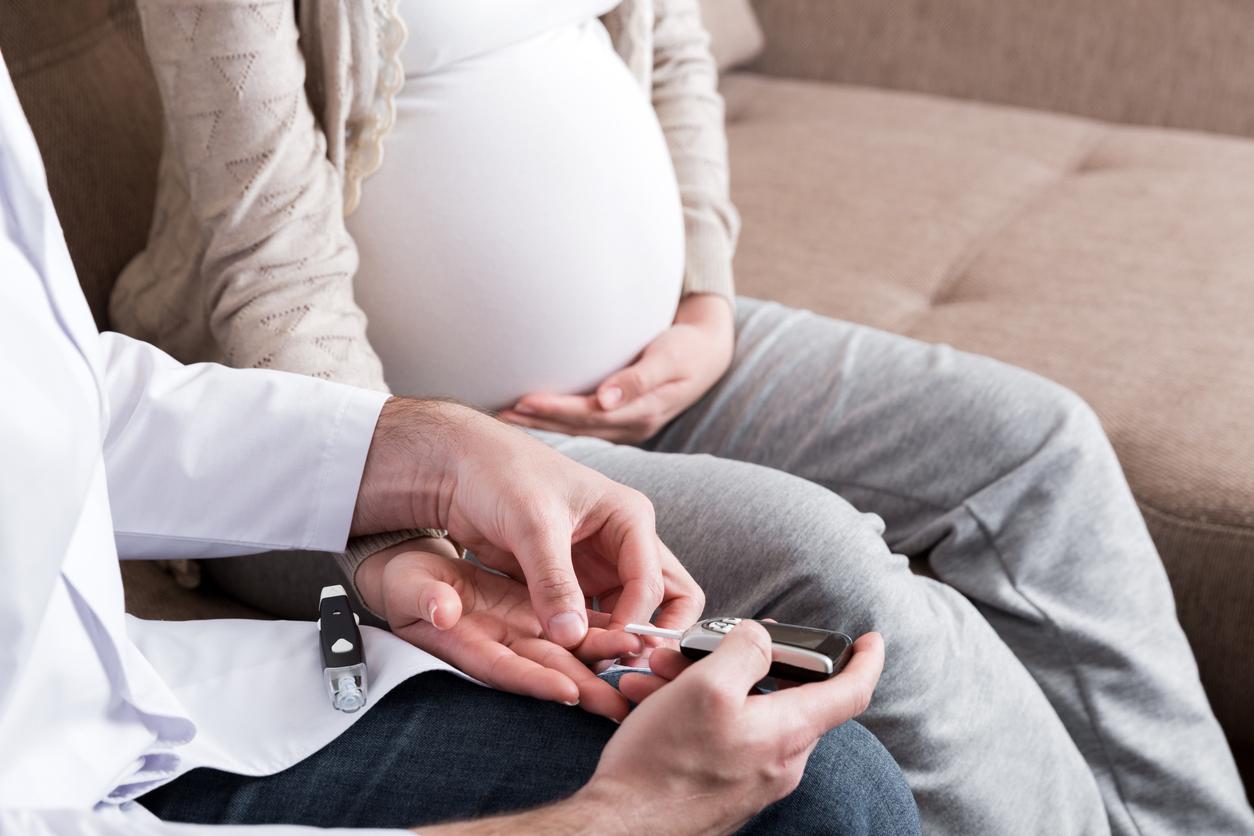Is amniocentesis compulsory?
This invasive examination which makes it possible to study the chromosomes of the fetus in the amniotic fluid, performed between the 15th and the 20th week of pregnancy in order to look for chromosomal abnormalities (in particular the Trisomy 21), hereditary diseases or anomalies of the central nervous system, is no longer systematic today for women over 38 years of age. Thanks to a more efficient trisomy 21 screening strategy (ultrasound + dosage of blood markers), fewer and fewer French mothers-to-be having to undergo amniocentesis during their pregnancy. The Biomedicine Agency announces a 30% drop in this type of examination between 2009 and 2010, a drop which should intensify further in 2011.
Is amniocentesis supported?
It is the only examination, with the biopsy of the trophoblast (sample of the placental cells) which, in a formal way, makes the diagnosis of trisomy. It is reimbursed by the Social Security if it follows a medical indication (ultrasound abnormality, elevation of serum markers), regardless of the term of pregnancy.
How is the exam going?
Through theultrasound, the doctor first checks the positions of the placenta and the fetus. Then, he inserts a thin hollow needle through the abdominal wall to sterilize the amniotic fluid.
The exam itself lasts only 1 to 2 minutes. The results are then available within three weeks of the sample.
Does amniocentesis hurt?
Amniocentesis does not hurt, because the needle used is very fine. Moreover, the examination is performed without anesthesia. However, you can use an anesthetic patch put in place 1 hour before the procedure.
Is there a risk for my baby?
There is a low risk of miscarriage (1 in 200), following a rupture of the water bag after an amniocentesis. This is why the sample is taken under ultrasound control, in order to locate the placenta and the fetus. For the mother, however, a great rest is recommended in the day following the examination.















